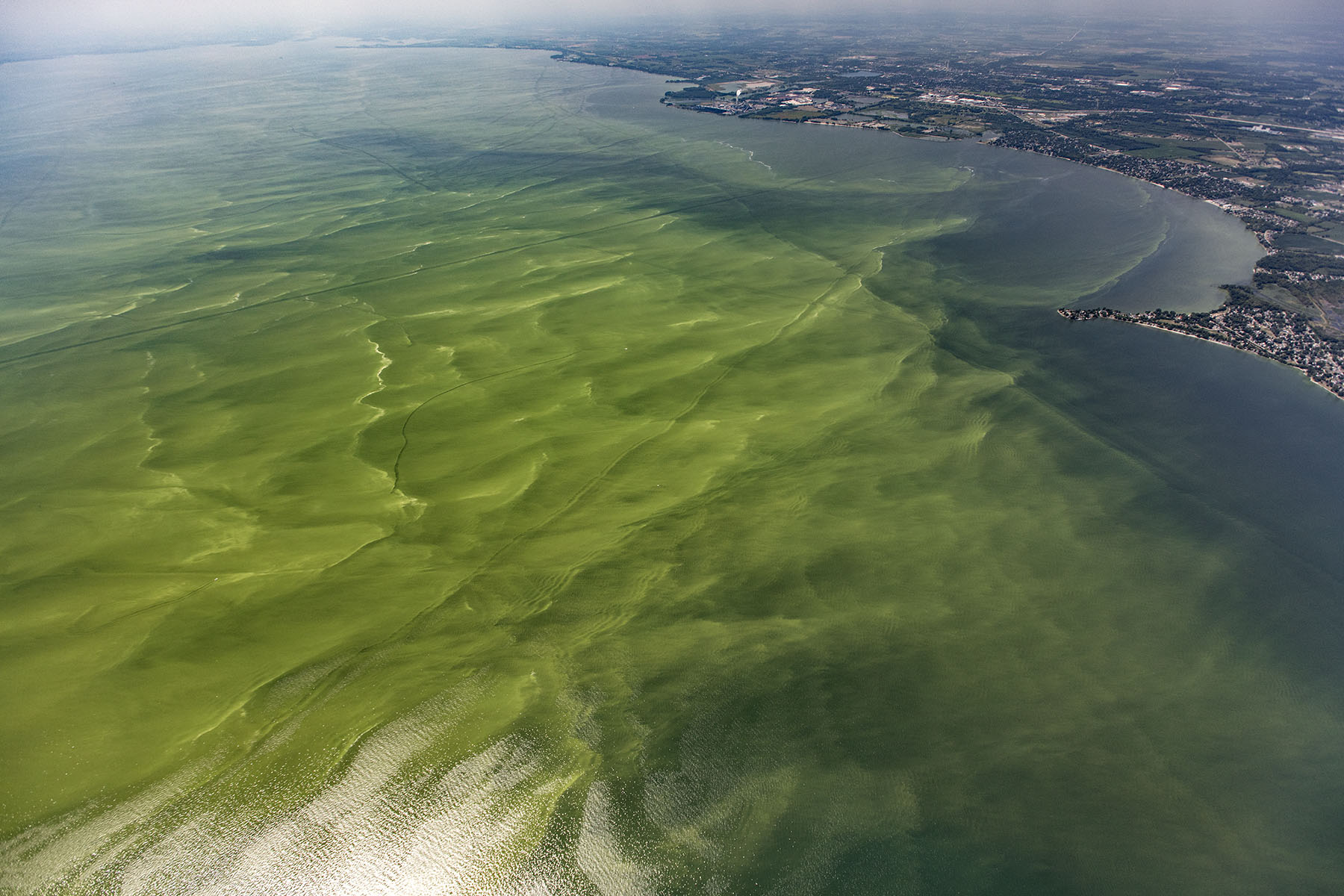Hybrid HAB: Digital Twins for Predicting Harmful Algal Blooms
Published in Oregon State University, 2024

What if we could see a lake’s future before harmful algal blooms devastate ecosystems, shut down water treatment plants, and threaten public health? This project creates digital twins of lakes—virtual replicas that predict dangerous blooms before they happen.
The Hidden Threat in Our Waters
Harmful algal blooms (HABs) are silent ecosystem disasters unfolding in lakes across the globe. These toxic events:
- Poison drinking water for millions of people
- Kill fish and wildlife through oxygen depletion and toxin production
- Close beaches and recreation areas for weeks or months
- Cost billions annually in water treatment, tourism losses, and environmental cleanup
- Strike with little warning, leaving communities scrambling to respond
In 2014, a HAB in Lake Erie left half a million people in Toledo, Ohio without safe drinking water. In 2021, Florida declared a state of emergency as toxic blooms ravaged its coasts. These aren’t isolated incidents—they’re becoming more frequent and severe as our climate changes.
The fundamental problem? We can’t predict when and where the next bloom will occur. By the time we detect a bloom, it’s already too late to prevent the damage.
A New Approach: Digital Twins for Every Lake
This project represents a paradigm shift in how we understand and predict harmful algal blooms. Rather than treating lakes as black boxes or relying on simple statistical models, we’re creating something unprecedented: digital twin models that replicate each lake’s unique behavior.
A digital twin is a virtual replica of a real-world system that mirrors its behavior in real-time. For lakes, this means:
- Simulating watershed dynamics: How nutrients flow from land into water
- Modeling hydrodynamics: Understanding water movement, temperature, and mixing patterns
- Capturing biological processes: Tracking conditions that trigger bloom formation
- Integrating machine learning: Discovering complex patterns that traditional models miss
The result is a personalized predictive model for each lake—one that understands its specific characteristics, vulnerabilities, and behaviors.
Why This Changes Everything
Early Warning Systems That Actually Work
Current bloom monitoring is reactive—we detect blooms after they start. Digital twins enable proactive prediction, giving water managers days or weeks of advance warning to:
- Adjust water treatment protocols before toxins reach intake pipes
- Alert communities to close beaches before exposure occurs
- Deploy prevention measures while blooms are still preventable
- Save millions in emergency response costs
Understanding Complex Systems
Lakes are extraordinarily complex. Blooms don’t result from a single factor but from intricate interactions between:
- Nutrient loading from agriculture, urban runoff, and wastewater
- Weather patterns affecting temperature and mixing
- Water flow and residence time
- Light availability and seasonal changes
- Biological competition and ecosystem dynamics
Traditional models struggle with this complexity. Digital twins embrace it, capturing the full web of interactions that determine when and where blooms occur.
Flexibility for Every Lake
No two lakes are alike. What triggers a bloom in one lake might not matter in another. Generic models fail because they ignore these differences.
Our hybrid approach creates custom digital twins tailored to each lake’s unique characteristics. This flexibility means predictions are grounded in real-world conditions specific to that system—not averaged across dozens of different water bodies.
Testing “What If” Scenarios
Beyond prediction, digital twins enable something transformative: scenario exploration. Water managers can ask:
- What if we reduce nutrient inputs by 30%?
- How would changing water flow patterns affect bloom risk?
- What climate change conditions will push this lake past a tipping point?
- Which management interventions will be most effective?
The digital twin provides answers—allowing managers to test strategies virtually before implementing them in the real world.
The Real-World Impact
This isn’t just academic research—it’s a tool for protecting communities and ecosystems:
Public Health Protection: Early warnings mean safer drinking water for millions of people who depend on lakes and reservoirs for their water supply.
Economic Savings: Preventing blooms is far cheaper than responding to them. Digital twins help optimize management investments for maximum impact.
Ecosystem Preservation: Protecting lakes means preserving biodiversity, fisheries, and the countless species that depend on healthy aquatic ecosystems.
Climate Resilience: As warming temperatures make blooms more frequent and severe, digital twins help us adapt to changing conditions and prevent worst-case scenarios.
Better Management: Understanding what drives blooms in specific lakes enables targeted interventions rather than one-size-fits-all approaches.
The Path Forward
Harmful algal blooms are a growing crisis. Climate change is making them more frequent, more severe, and more unpredictable. Traditional approaches aren’t keeping pace.
Digital twin technology offers a path forward—one that combines mechanistic understanding with machine learning’s pattern recognition power. By creating virtual replicas of real lakes, we gain unprecedented predictive capability and insight into these complex systems.
This project represents more than improved forecasts. It’s about giving communities the tools they need to protect their water, their health, and their environment before disaster strikes.
Project Details
Institution: Oregon State University, College of Earth, Ocean, and Atmospheric Sciences
Principal Investigator: Dr. James Watson
Funding: U.S. Army Corps of Engineers (USACE)
Researcher: Kunal J. Rathore
Approach: Hybrid modeling combining watershed simulation, hydrodynamic water quality modeling, and machine learning
Status: Active research project (publication forthcoming)
The Vision
Imagine a future where:
- Every lake has its own digital twin monitoring bloom risk in real-time
- Water managers receive accurate warnings weeks before blooms form
- Communities never face water crises from unexpected toxic algae
- Management decisions are guided by virtual experiments showing what actually works
This vision is within reach. Digital twin technology is making it possible to transform how we protect our most precious resource—fresh water.
Contact
For more information about this project or collaboration opportunities:
| Kunal J. Rathore | rathorek@oregonstate.edu |
| Dr. James R. Watson | james.watson@oregonstate.edu |
College of Earth, Ocean, and Atmospheric Sciences
Oregon State University, Corvallis, OR
Protecting water resources through predictive science and digital innovation.
